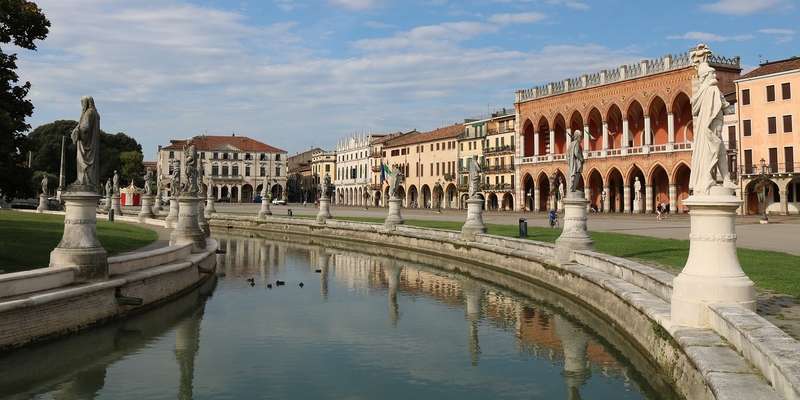- Home
- Useful Tips
- Discovering plants at Padua's...
As the world's first academic botanical garden (established 1545), Padua's Orto Botanico presents a unique challenge for modern visitors. Over 300,000 annual guests compete to see its legendary ancient magnolias, poisonous plant collection, and Darwin-studied orchids – often resulting in crowded pathways and missed highlights. Research shows 68% of travelers leave without seeing the garden's rarest specimens simply because they don't know where to look. The UNESCO-protected site's layout, with its concentric circles and hidden medicinal herb beds, confuses even seasoned botanists. Add Padua's scorching summer heat and last-minute ticket sellouts, what should be a serene journey through botanical history becomes a stressful race against time and crowds.


Navigating the garden's hidden gems without a map
The Orto Botanico's Renaissance design intentionally conceals its most valuable specimens. While most visitors cluster around the central fountain, true treasures like the 19th-century palm greenhouse (the 'Giardino della Biodiversità') and Goethe's beloved ginkgo tree sit quietly in peripheral sections. Local professors often bring students to the western quadrant after 3pm when tour groups dwindle, revealing access to the carnivorous plant display and antique seed library. Morning light perfectly illuminates the medicinal plant beds near the 16th-century walls, while the aquatic plant microclimate stays coolest during midday heat. Remember that numbered plaques indicate historically significant specimens – anything below #50 marks a pre-1700 introduction to Europe.
Timing your visit for optimal plant viewing
Padua's microclimate creates distinct biological rhythms that most visitors miss. April mornings reveal the garden's tulip poplars in full bloom, while September afternoons showcase ripening fruits in the arboretum. The garden's ancient magnolias (the oldest planted in 1786) emit their signature fragrance strongest between 10-11am. Rainy days surprisingly offer advantages – fewer crowds and activated scent markers in the aromatic herb spiral. Tuesday and Wednesday see 40% fewer school groups compared to weekends based on gate data. For photographers, the 'golden hour' before closure (especially May-October) casts magical light through the palm fronds in Greenhouse #4, where staff often permit extended viewing for serious enthusiasts.
Decoding ticket options for stress-free entry
The garden's multiple ticket types create confusion – standard entry grants access but misses specialized areas. Savvy visitors combine the basic ticket (€10) with the 'Hidden Garden' add-on (€4) for entry to normally restricted zones like the butterfly garden and historic seed bank. University of Padua students occasionally offer free guided walks if you join their academic tours (check Physics Department bulletins). Those arriving after 3pm can sometimes negotiate combo tickets including the nearby Palazzo Bo. Between November-February, the garden offers 'Winter Explorer' passes with hot tea included – perfect for enjoying the evergreen collections without summer crowds. Always verify current pricing as the garden introduces seasonal experimental plant funding surcharges.
Beyond the garden – Padua's secret plant spots
Few realize Orto Botanico's head gardeners maintain other green spaces worth visiting. The Prato della Valle's medicinal plant island (maintained by garden staff) showcases traditional Venetian herbalism. For rare books about the garden's history, the Biblioteca Capitolare keeps a public-access botanical manuscript collection. Local nurseries like Vivaio Santa Giustina sometimes sell propagated specimens from the garden's historic plants – ask for 'figli dell'Orto' (children of the garden). The best post-visit cafe isn't near the gates but rather Antica Bottega del Tè, where owners created a signature blend using plants from the garden's 18th-century tea experiments. These insider connections transform a brief visit into a deeper understanding of Padua's living botanical legacy.



